The Princeton Plasma Physics Laboratory is the U.S. national laboratory with the mission to develop the scientific foundation for the creation of fusion energy, the power source of the sun and the stars.
Fusion energy research in the United States began at PPPL, and the lab's 71-year history offers a glimpse into some of the key innovations in fusion energy development, along with fundamental discoveries in plasma sciences and associated technologies. PPPL scientists have set and then broken their own world records for the hottest ion temperatures ever generated, won the Nobel Prize in physics, and contributed to work on advancements in artificial intelligence, quantum computing, nanotechnology, and even food safety.
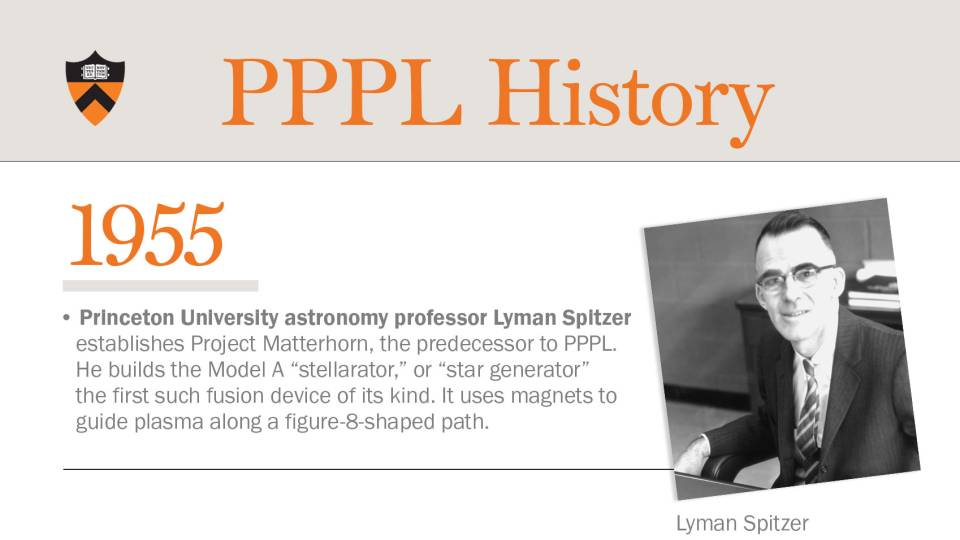
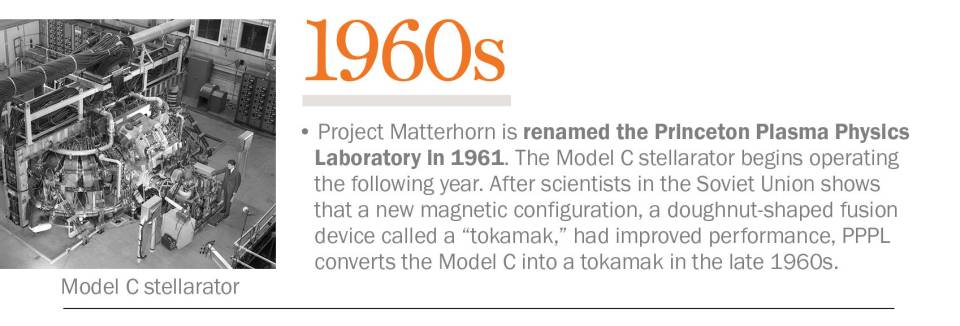
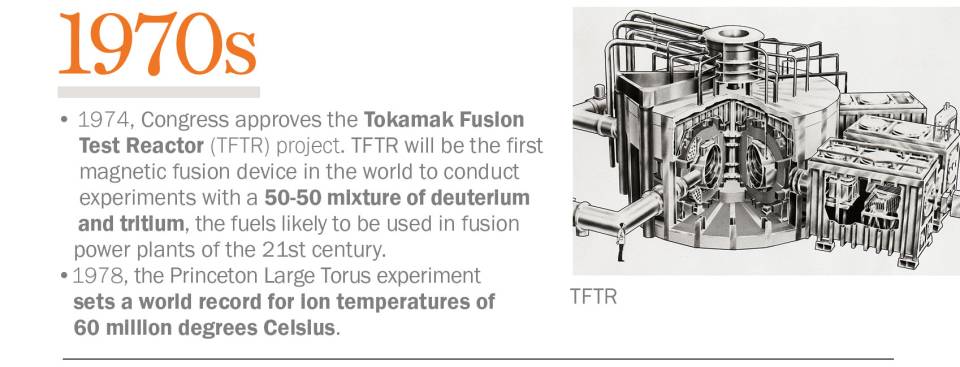
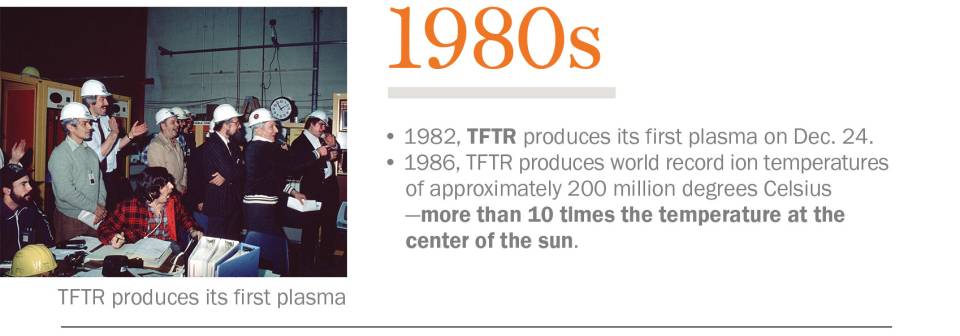
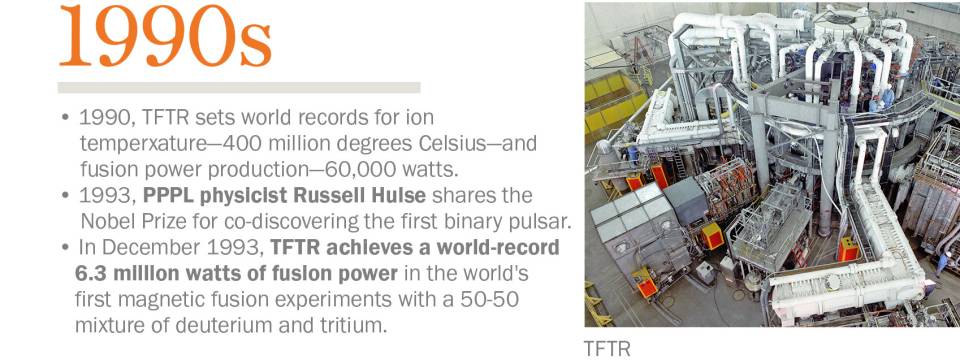

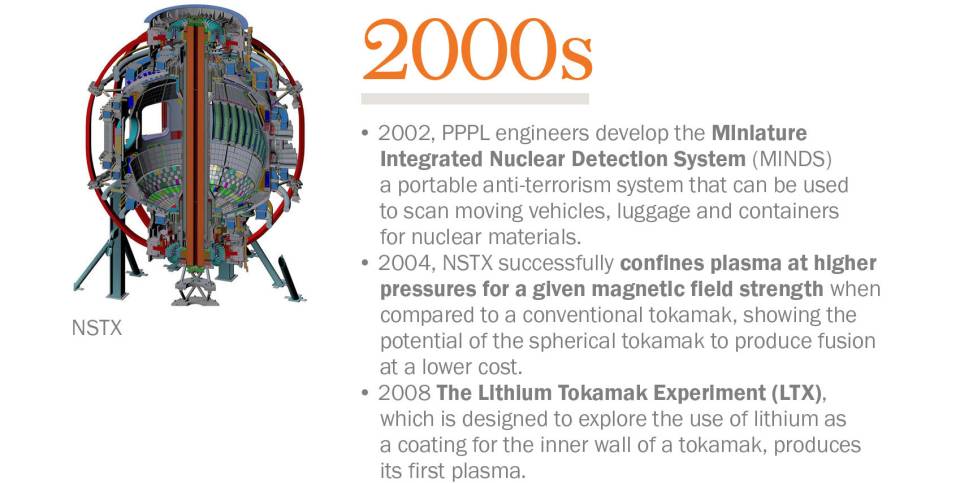

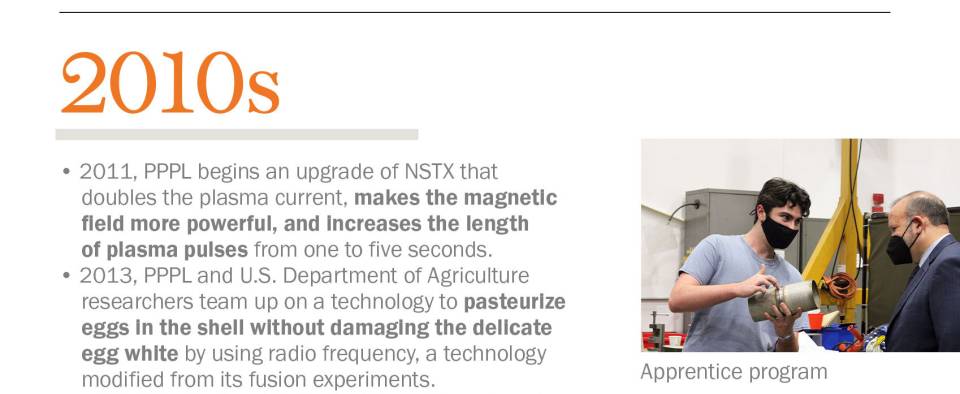


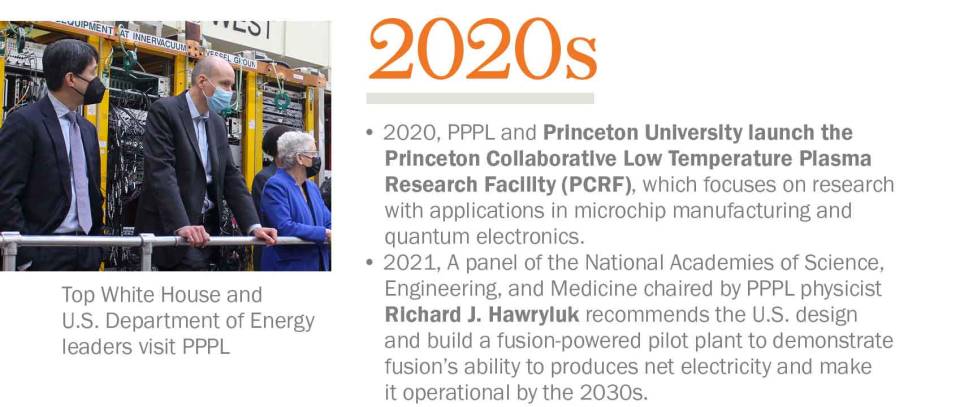


/Public Release. This material from the originating organization/author(s) might be of the point-in-time nature, and edited for clarity, style and length. Mirage.News does not take institutional positions or sides, and all views, positions, and conclusions expressed herein are solely those of the author(s).View in full here.






